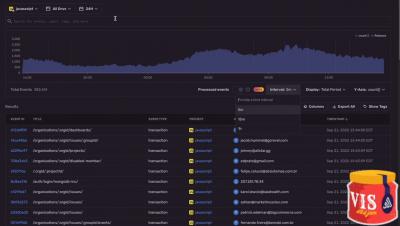Django Performance Improvements - Part 4: Caching in Django Applications
In the first three parts of this series around improving performance in your Django applications, we focused on database, code optimization, and frontend optimization. In part 4, we will focus on ways to improve the speed of the Django applications.










